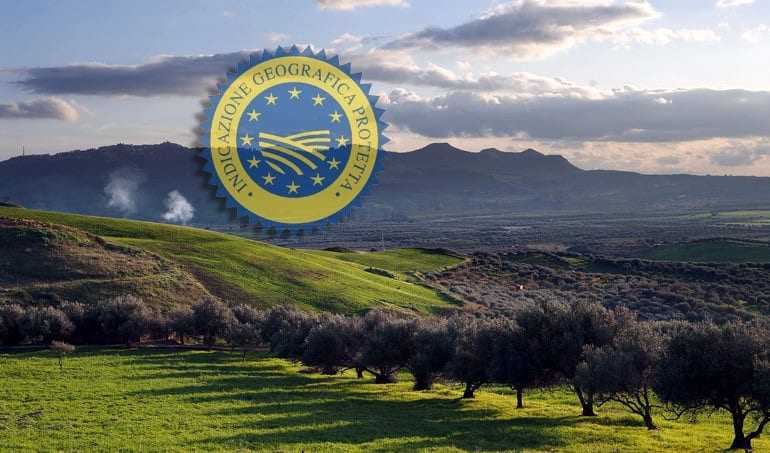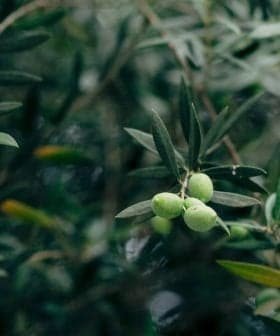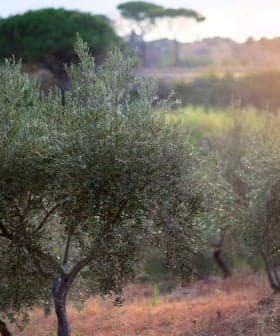Olive Council Holds Meeting on Geographic Indications
The International Olive Council discussed Geographic Indications for olive oil and table olives at a meeting in Reggio Calabria in October 2010, with documents and presentations published in November. The meeting addressed challenges in bestowing special designation, including defining criteria, conferring the designation, and protecting and policing it, with a focus on regions outside of the European Community.

The International Olive Council held a meeting in Reggio Calabria on 21 October 2010 to discuss Geographic Indications (GIs) for olive oil and table olives. Documents and presentations from the meeting were published on 4 November. Mohammed Ouhmad Sbitri, Executive Director of the IOC, in introductory remarks said, “These two products of the olive tree are key elements of the Mediterranean diet and are traded extensively on the international marketplace. This makes it essential to protect and showcase their attributes, and geographical indications are precisely the tools that are being used increasingly to do so.” Bestowing Geographic Indications is, however, not easy. Problems lie in what the criteria
should be; who confers the special designation; and once an olive oil or table olive has the designation, who protects and polices it.
To receive special designation, growers have to outline how their product is different and superior. Distinct taste is foremost. The concept of terroir is an important aspect. Regions with long histories of olive growing can point to historical documents referring to their traditional olive products. They can assert that their olives are unique to their area, and maybe even autochthones. They can outline traditional methods of how their oils are made. Readers are familiar with the designations AOC (Appellation d’Origine Contrôlée) and DOP (Denominazione di Origine Protetta). France is the world leader in AOC designated food and drinks, with 508 products. For extra virgin olive oils, Italy leads with 40 GI regions. The entire EU has some 101 olive oil GIs.
Growers with less developed markets, and newer olive growers may feel disadvantaged in comparison to more established producers. Part of the meeting’s purpose was to propose areas that have the potential for becoming protected, and most of those come from outside of the European Community. The IOC, with the help of Insight Consulting, put together a list of over 100 regions that could possibly be GI areas for both oil and table olives. Among IOC countries, Tunisia led the list with 21 oil candidates, Morocco followed with 11, Spain had 9, and Croatia had 8. In non-IOC countries, Palestine had 6/7; while Peru, Chile, and the US had 4 candidates each.
Those attending the conference heard from experts from the World Trade Organization and the World Intellectual Property Organization. International bodies have grappled with fraudulent mislabeling since the 19th century. The Paris Convention of 1883 sought to address the “false indication of the source of goods.” The Lisbon Agreement of 1958 enabled regions to receive Appellations of Origin status and created a registration system. There are layers of legislation and treaties. The US has mostly been against Geographic Indication, and given that the US is such a big consumer of imported goods, this creates tensions. The inclusion of 4 potential US areas looks like an attempt to encourage the US to get with the program. Still, the member organization in the U.S., the North American Olive Oil Association, is comprised of bulk importers serving the mass market, with presumably little interest in fancy origins.
Maria Testu, a speaker from France, cited interesting information about the appeal of origin/provenance to consumers. The information had been gleaned from a 2005 market research study by GfK, one of the largest market research companies. In it, consumers said taste was the most important factor in their selection of oil, with origin/ provenance falling in the center. The nine factors presented to consumers, and their relevance in percentages, follow: Taste (85%), Extra Virgin (70%), Cold Extraction (60%), Price (52%), Origin/Provenance (48%), Clear Bottle to Better See Oil Color (45%), Yellow/Green Color (43%), Known Brand (30%), Visually Pleasing Bottle (15%).
Geographic Indications have definite marketing value, but maybe not as great as one would think. Gabriela Catalani from Argentina’s Ministry of Agriculture, raised question about the high costs for producers and governments, and that “It raises false hopes in small producers.” For growers in exceptionally well-known regions, such as Tuscany, GI provides a sure advantage. According to Pavlos Dimitriou from the European Commission, who cited figures from a Tuscan firm, a GI bottle carries a 30% premium over the same firm’s conventional extra virgin olive oil. Convincing supermarket chains to stock GI oils, with their premium prices, is another hurdle.









